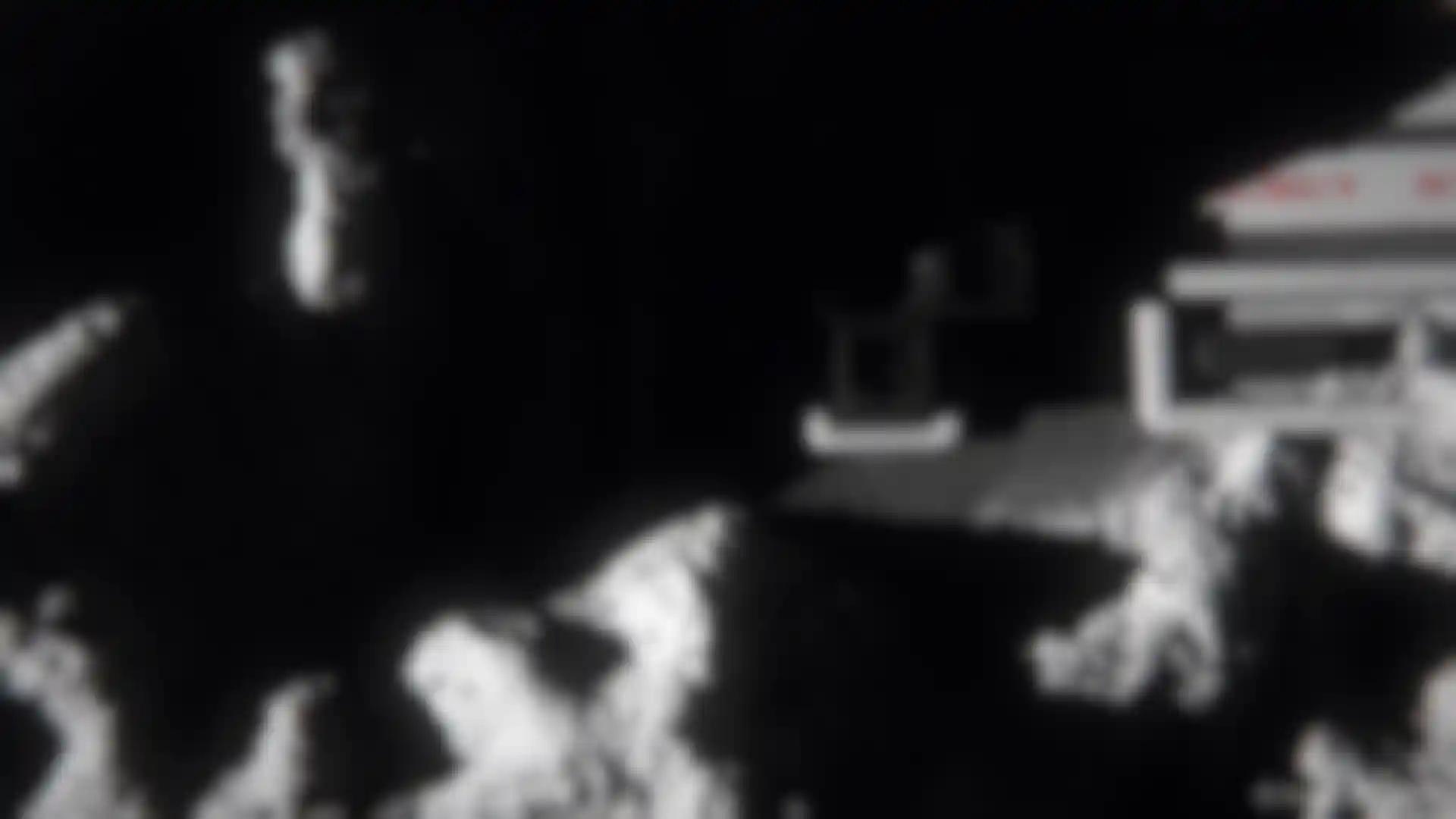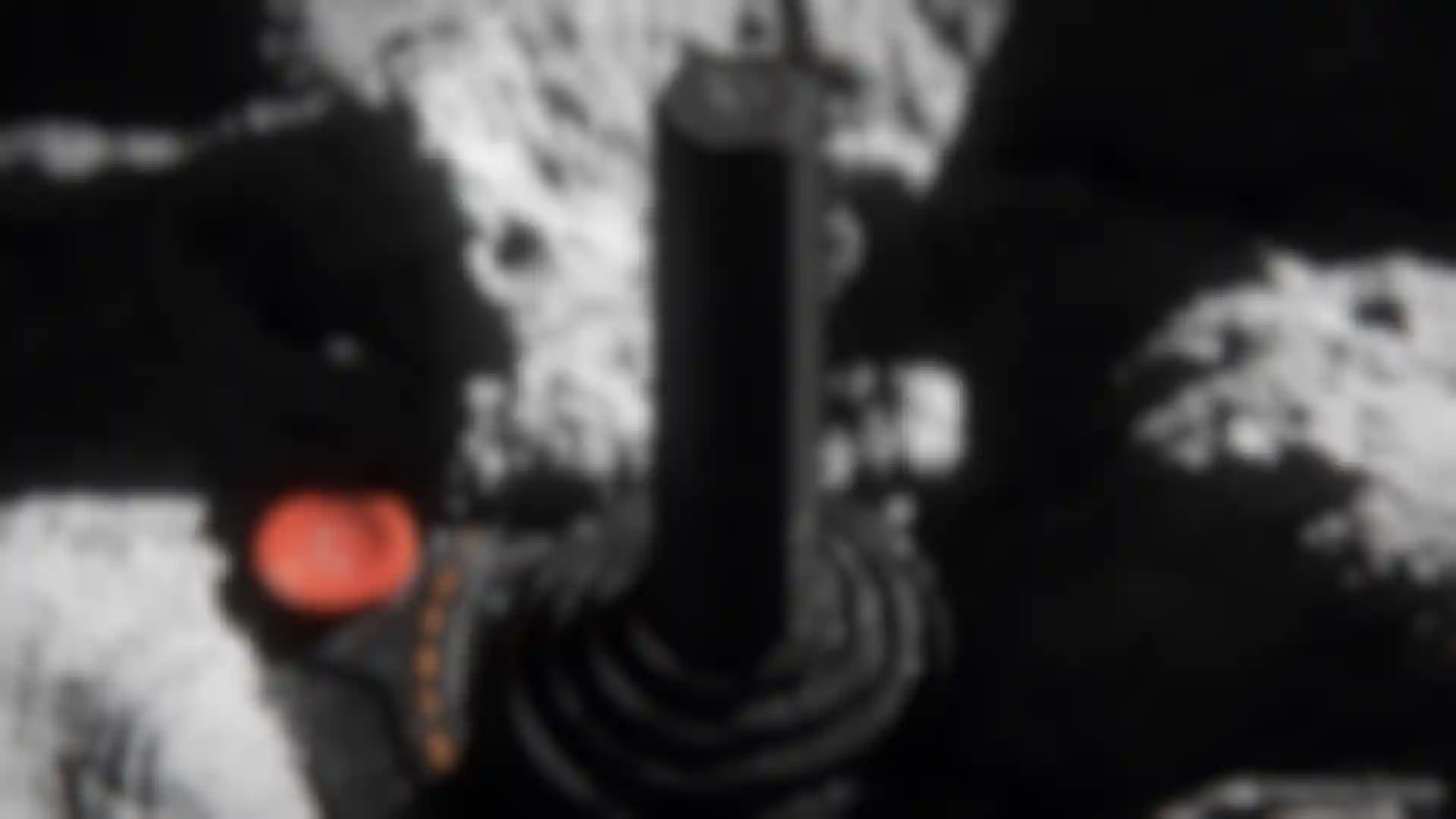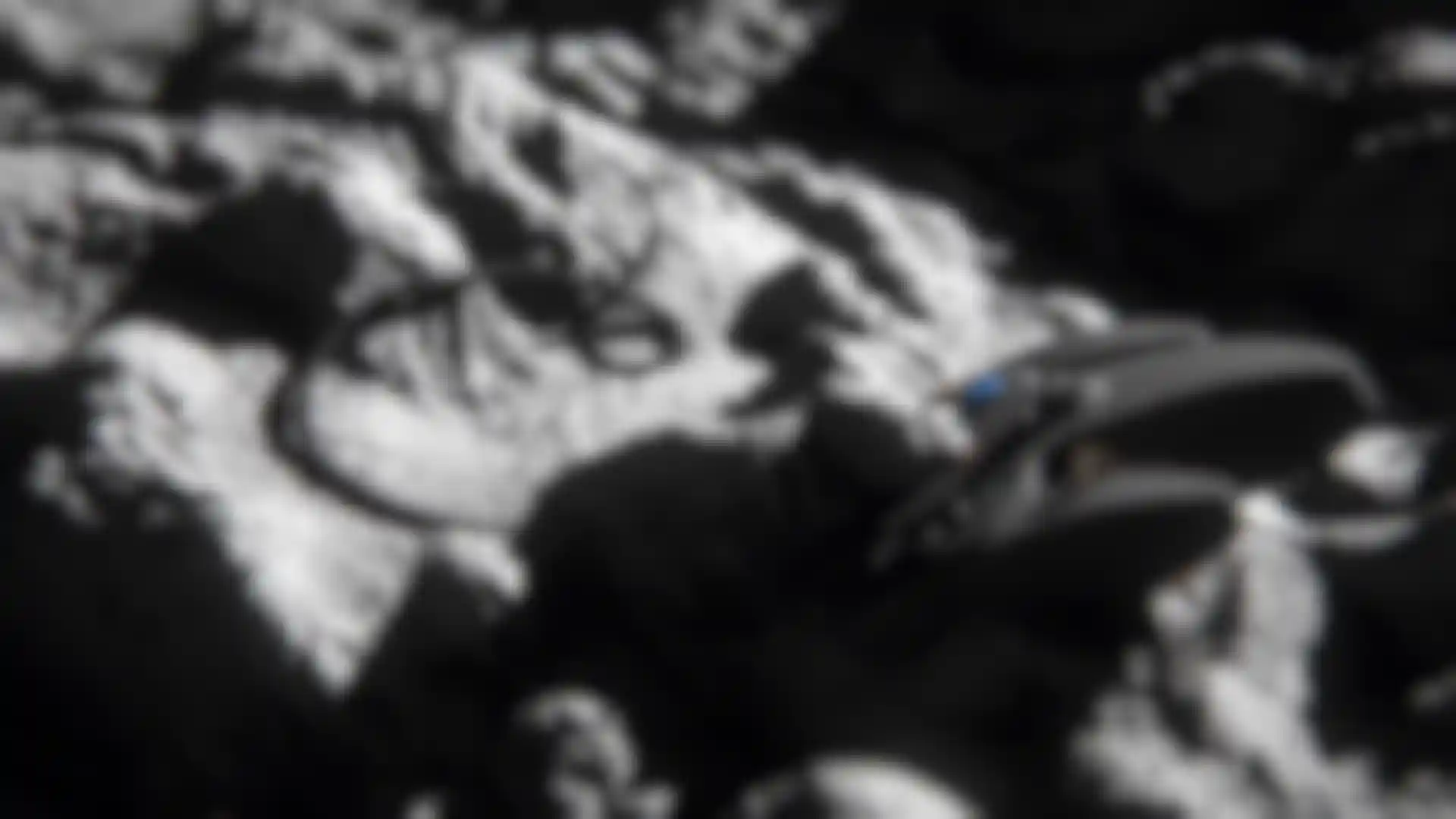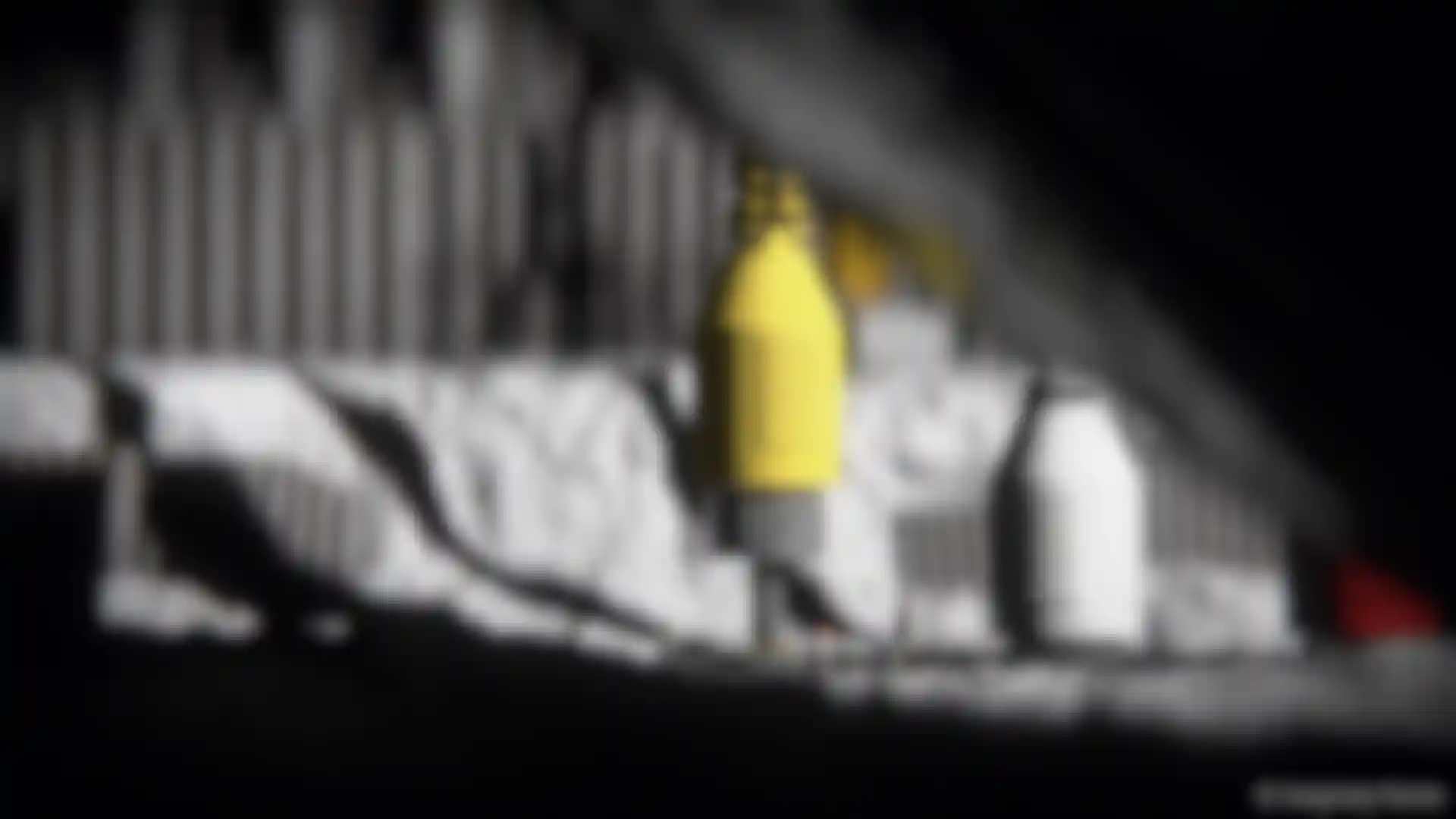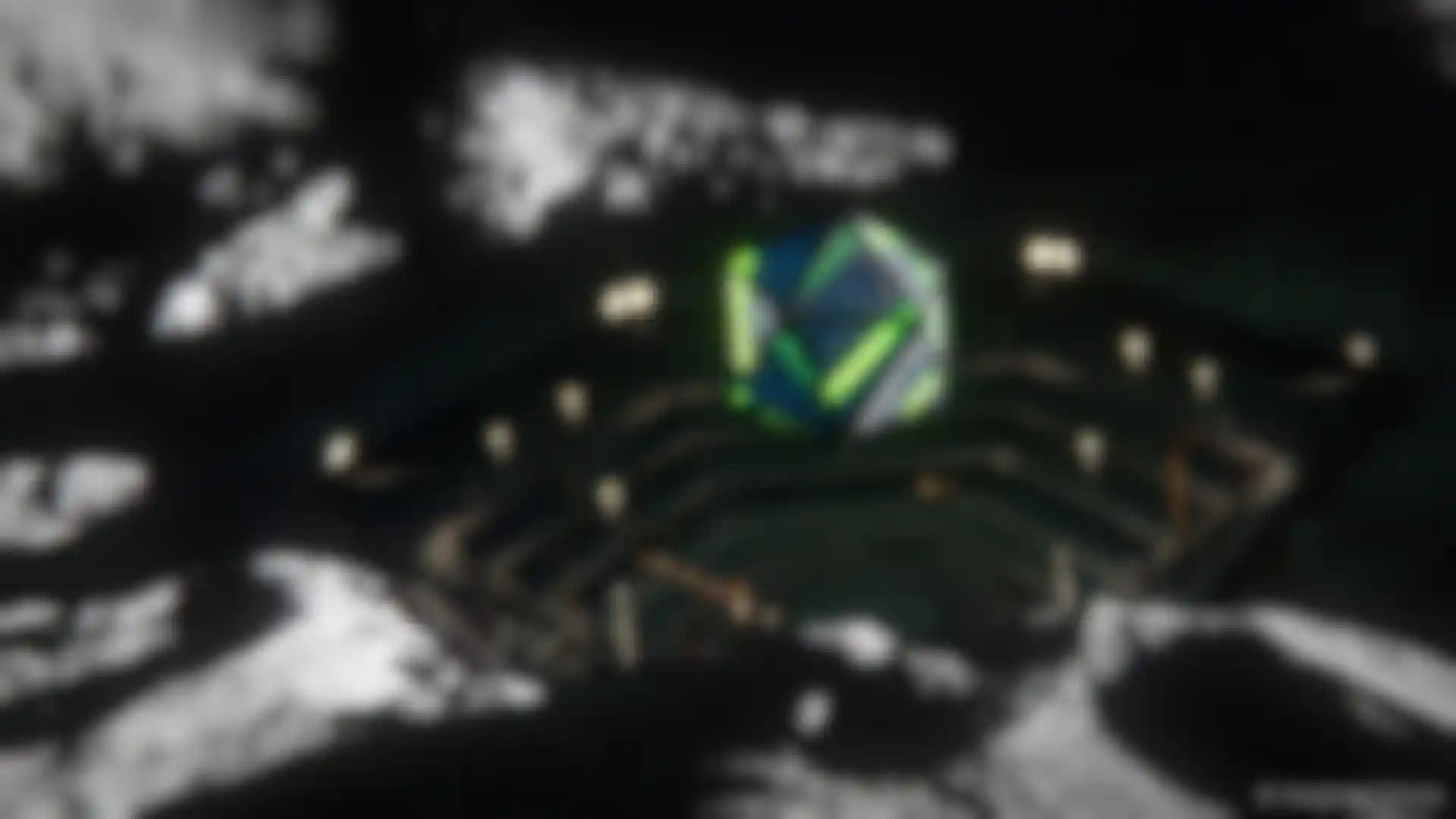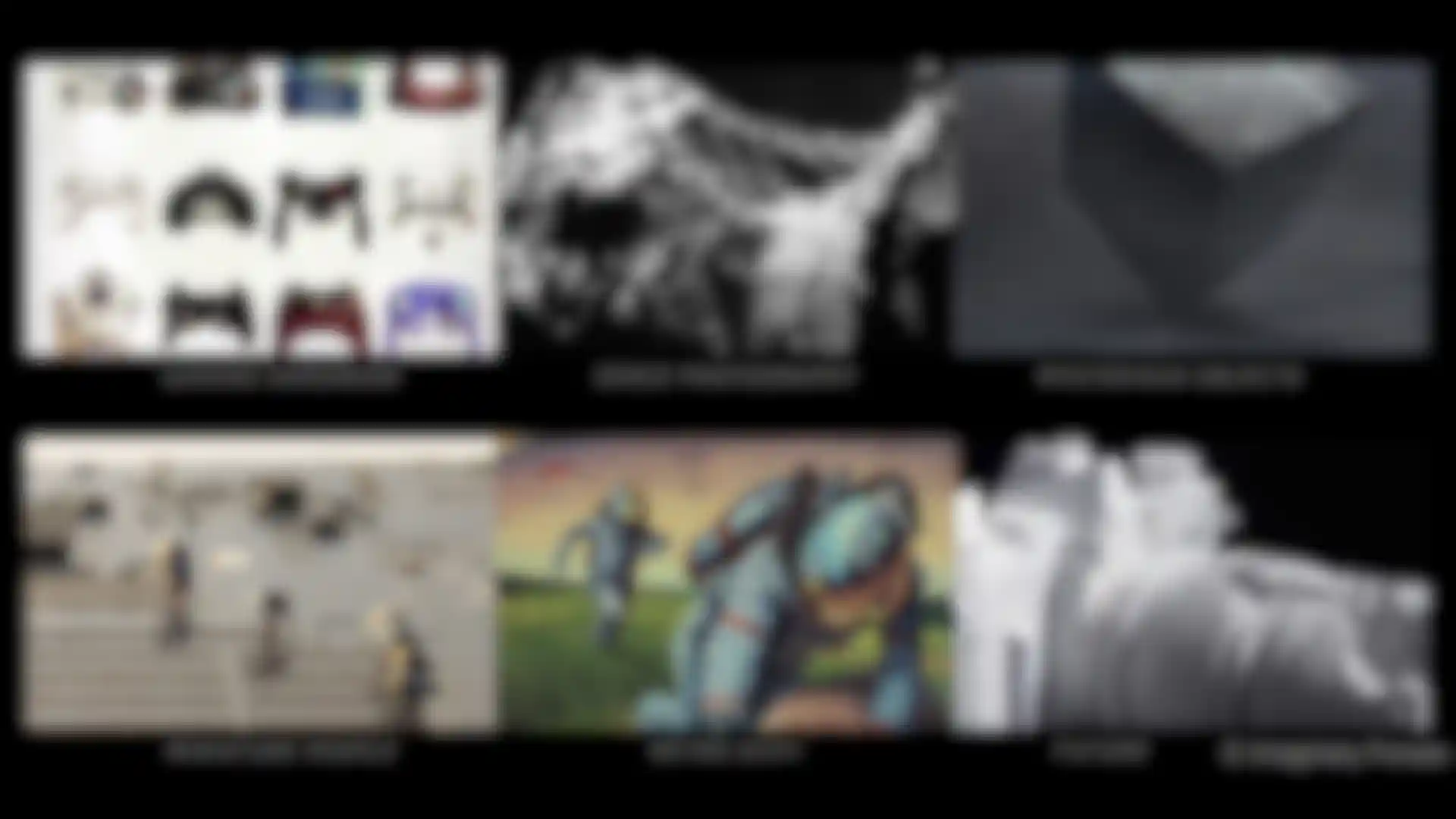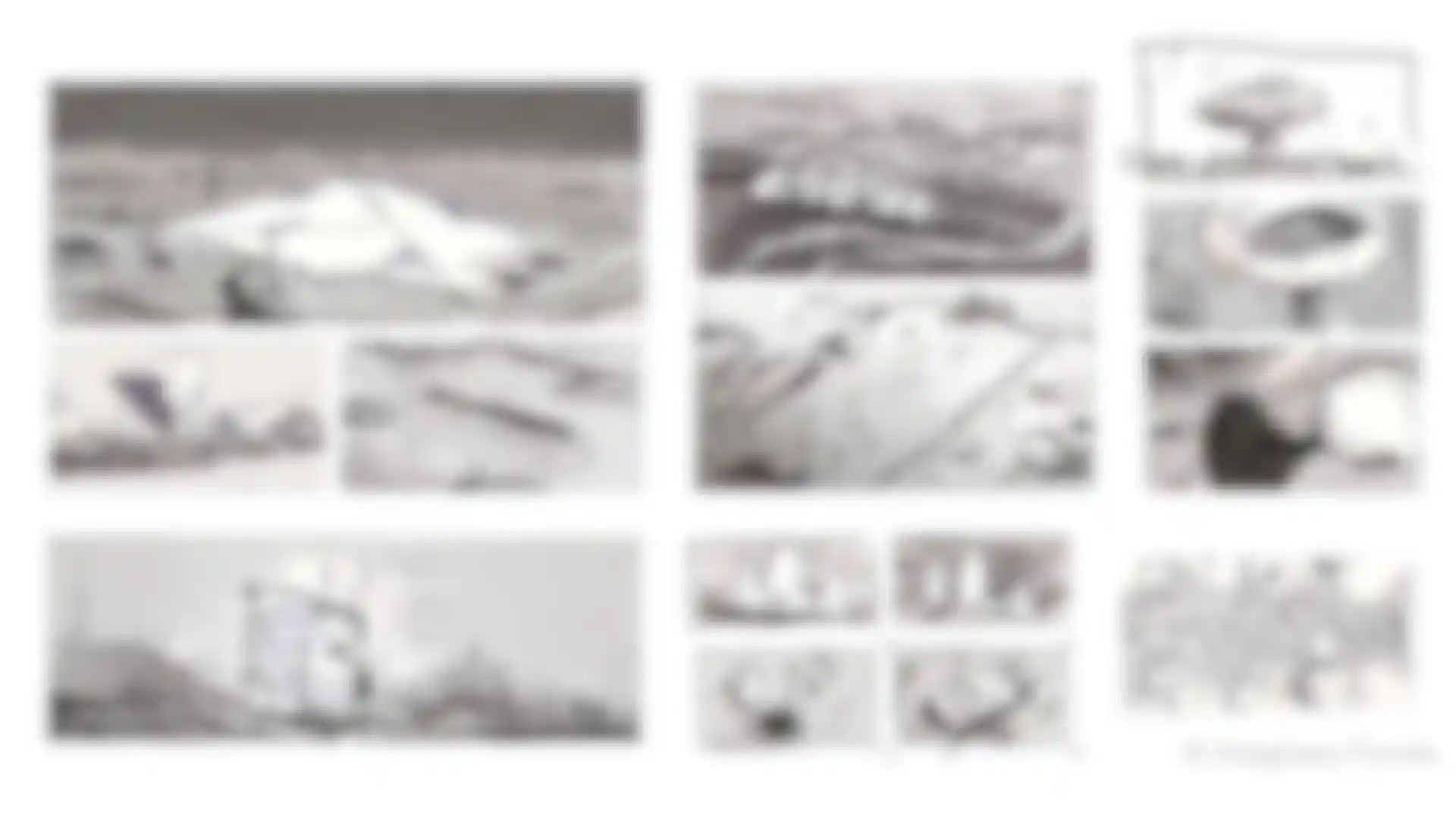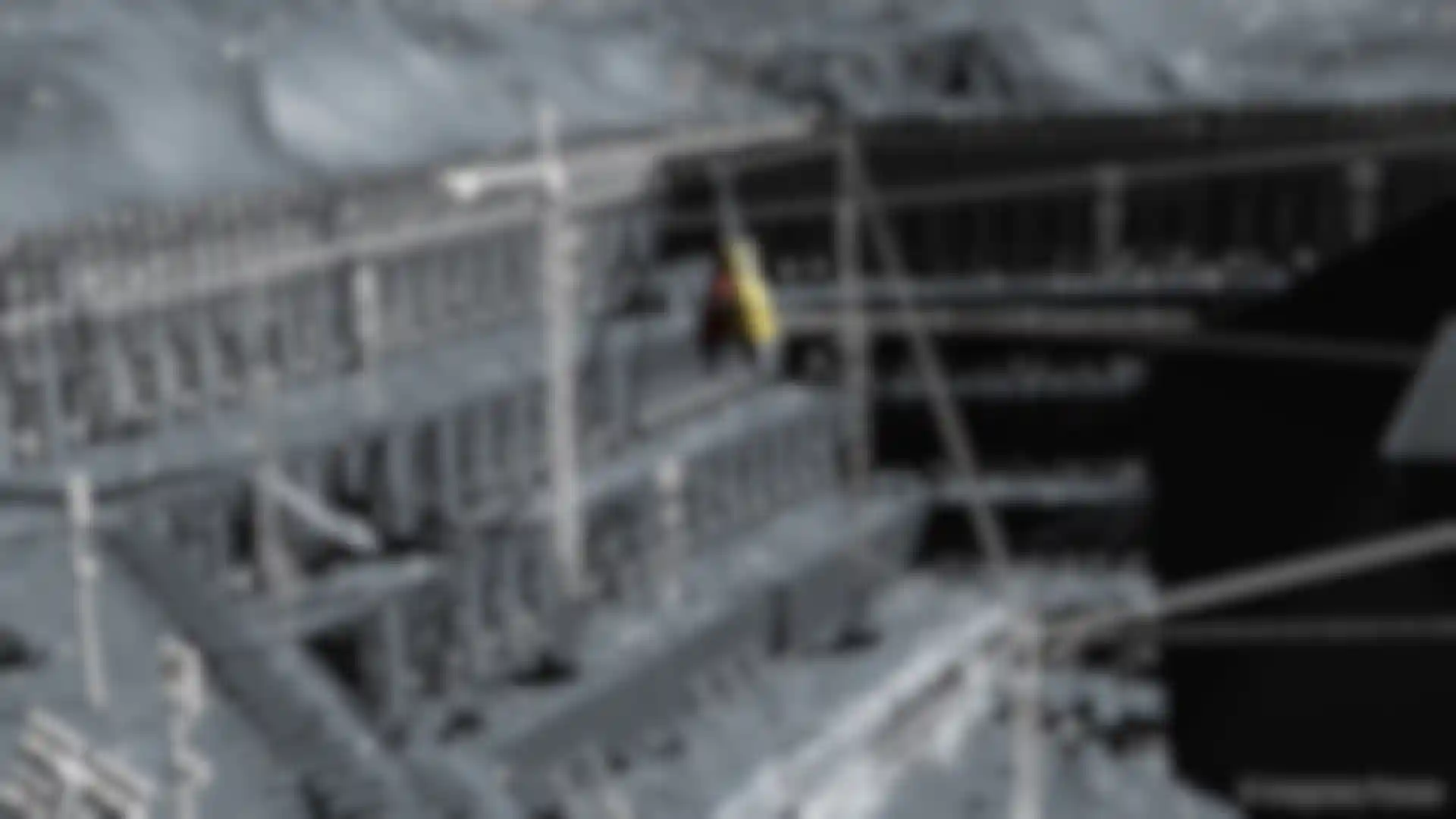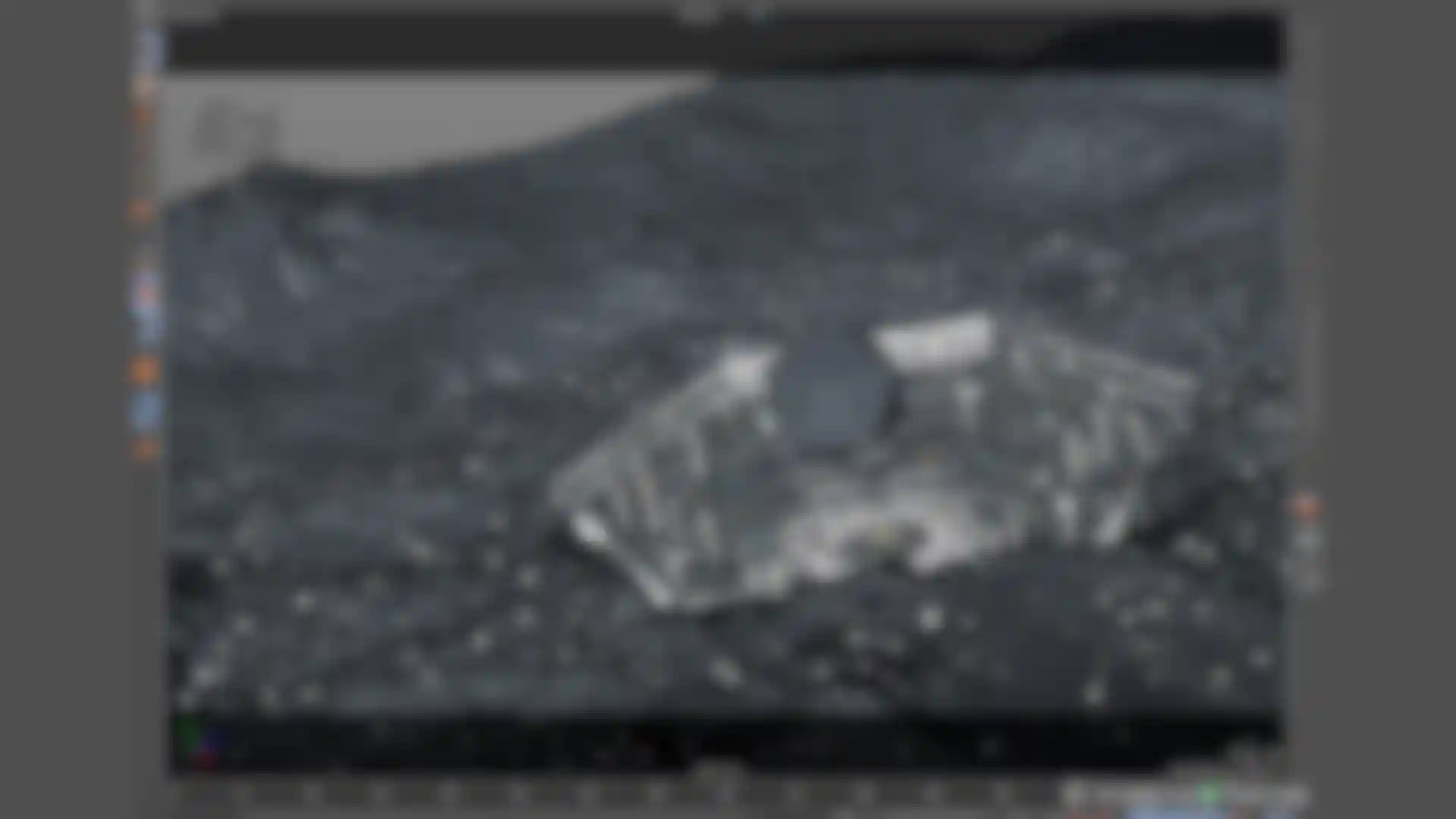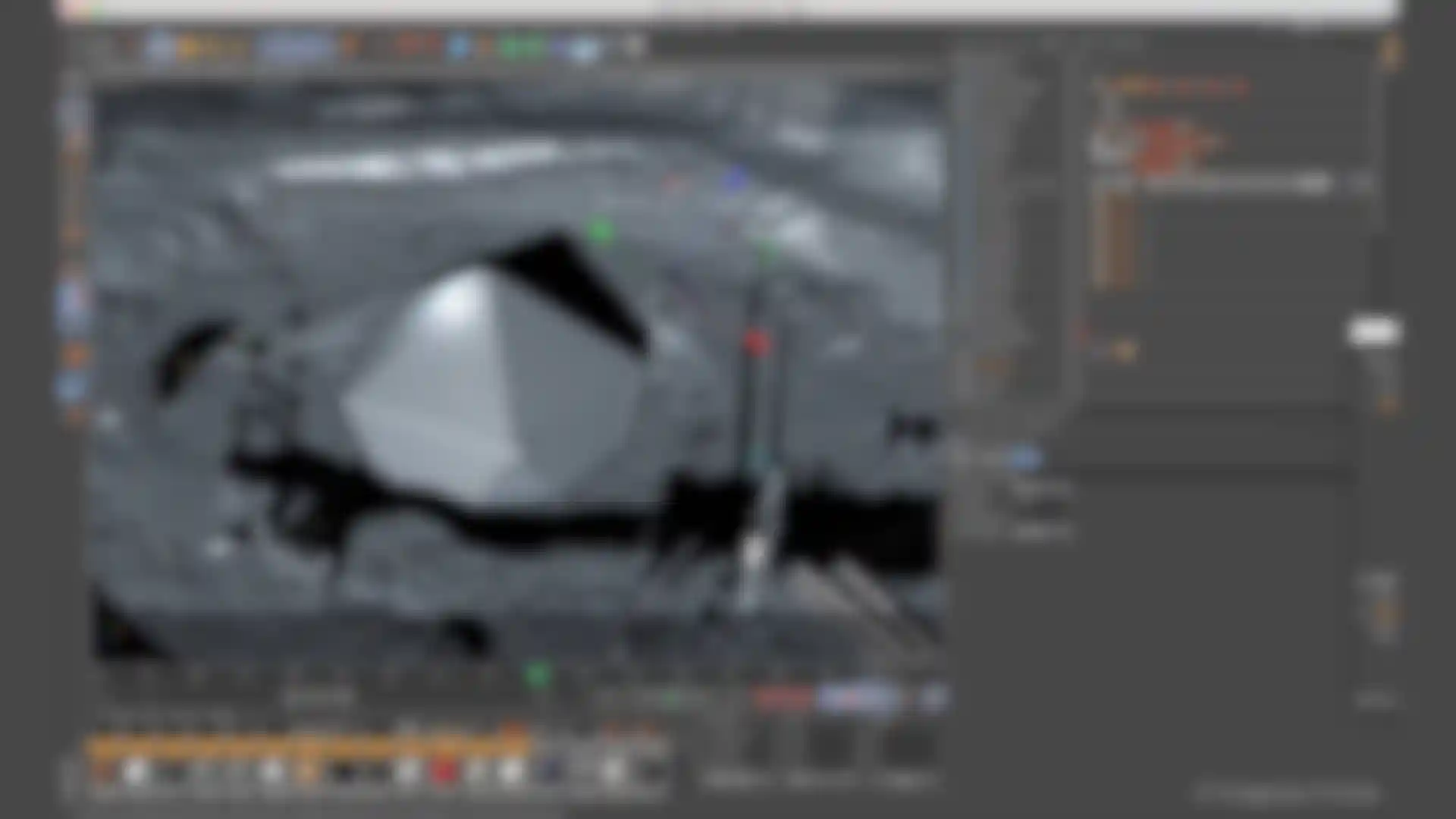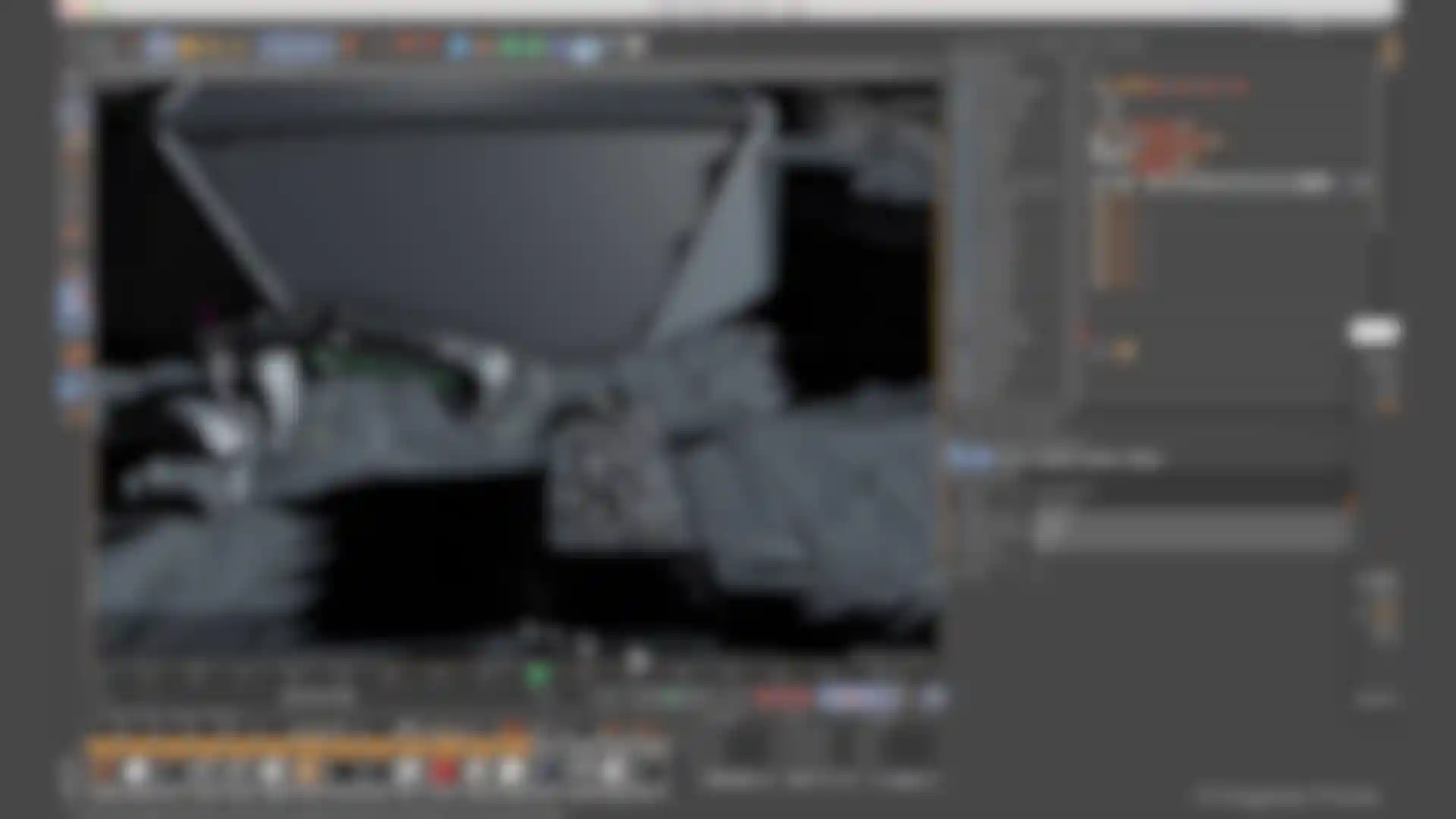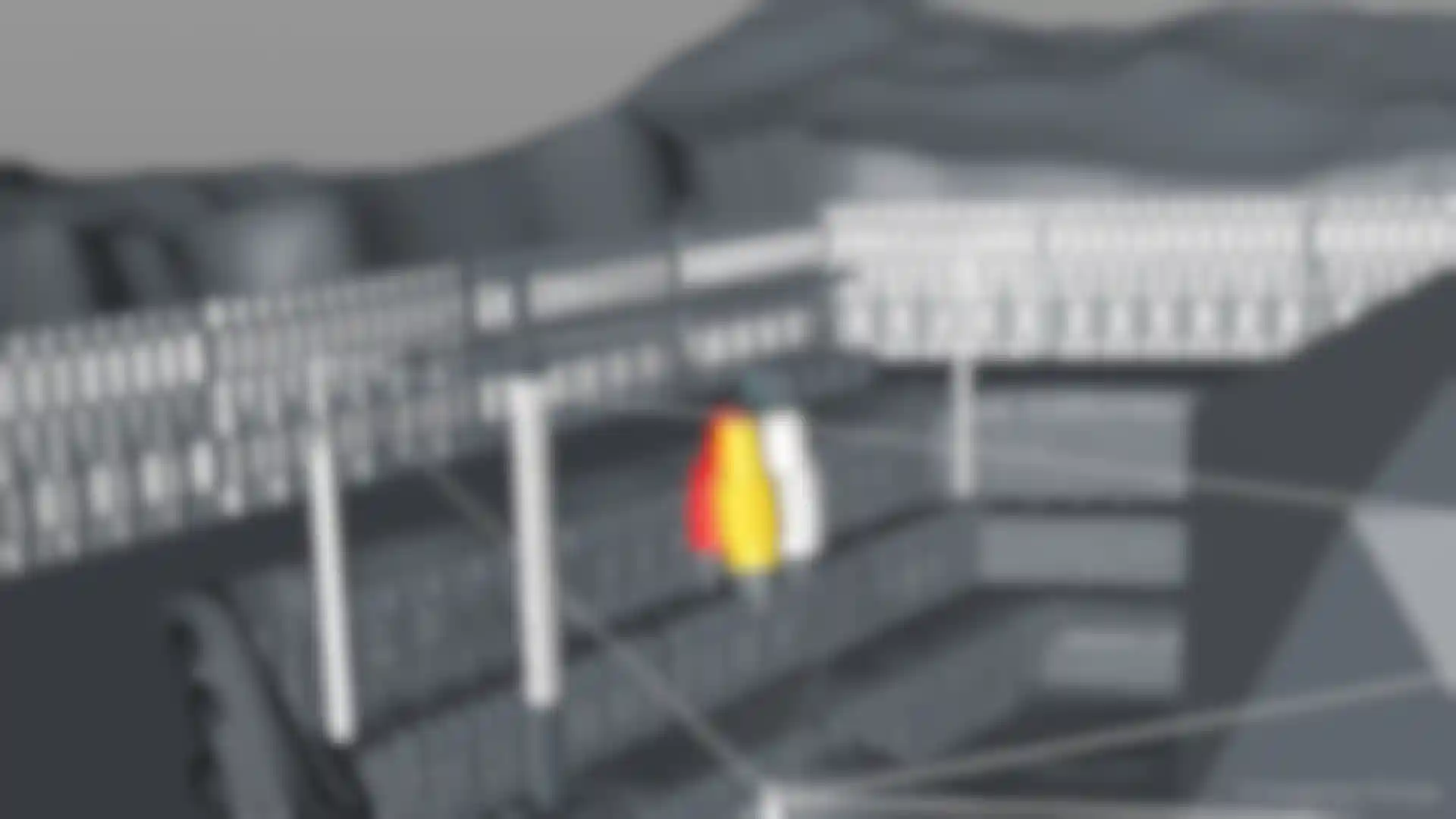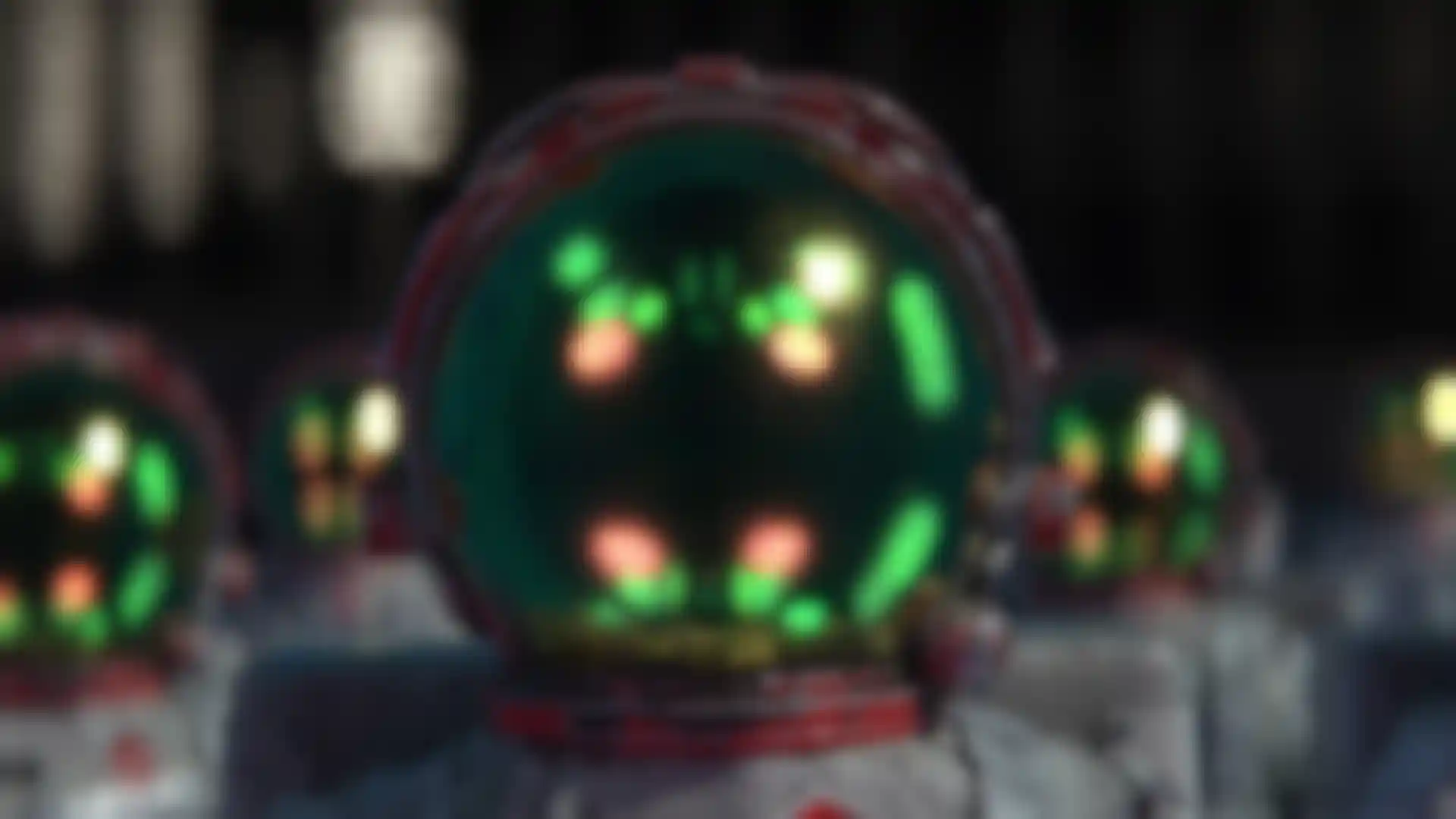
SXSW Gaming Awards 2017 After creating two very abstract clips for SXSW, Jeremy Cox and the team at Imaginary Forces want to forge a new path with their next piece - with Cinema 4D as their secret weapon!
South by Southwest (SXSW) is a multi-disciplinary annual conference that includes a film festival, a music festival and various conferences. Awards for interactive media and games are also presented at SXSW. Jeremy Cox’s team at Imaginary Forces has been responsible for creating the opening title sequences for the awards for the third year running.
Jeremy’s search for inspiration for this year’s title sequence started with a retrospective of the history of video games and all the gadgets and devices that are ingrained in the minds of an entire generation. His research also included other sources of inspiration ranging from television shows such as Futurama® to film footage of the Rosetta mission. All of these sources crystallized to form the idea of an archaeological site on an asteroid – including innumerable consoles, joysticks and more buried in cosmic dust.
“The animations for the previous two SXSW gaming events were challenging but were created using conventional methods. This time we wanted to enter uncharted territory. With Cinema 4D as our tool of choice we knew we were equipped to meet any challenge,” remembers team leader Jeremy Cox. “We used mood boards, production sketches and storyboards in an extensive pre-vis phase to perfectly stage the story. We wanted to use more photo-realism for this piece, which made it a much more ambitious project as a whole. Work began with the shaping of the landscapes. The basic shapes were created using the Sculpt feature, to which complex shaders with procedural noise functions in the Displacement and Bump channels were applied to create the asteroid’s surface look.”
“We used Substance Painter to texture the video game hardware and I was amazed at how quickly we were able to achieve the desired realistic look. The fact that Substance Painter didn’t offer connectivity to Cinema 4D didn’t bother us,” explains Jeremy.
“We used Mixamo for almost all of the character rigging for the animations. The model of the astronaut was simply exported as an FBX file and uploaded to the Mixamo site. In no time we were able to select from hundreds of animations. The only animation that was missing was for the astronaut sliding down from the top of the joystick, so we created this one ourselves,” remembers Jeremy.
“We used the Physical Renderer for almost all renderings. We didn't use real Ambient Occlusion because this would have required too much render time. Instead, we faked AO with fill lights and several other compositing tricks to achieve the desired look while maintaining acceptable render times. We considered using external render engines but decided to use the Physical Renderer instead. The lion’s share of compositing was done in Nuke, with which we’re very familiar and have adapted to our needs,” says Jeremy.
“We needed 6 months to complete the project, of which two were used for the actual production,” remembers Jeremy. “The clip for this year’s event was much more complex than those in the past but it was fun meeting and mastering this challenge – also because Cinema 4D is a tool that practically never lets us down!”
